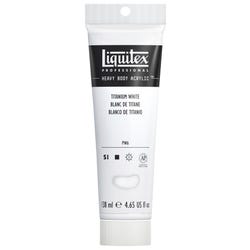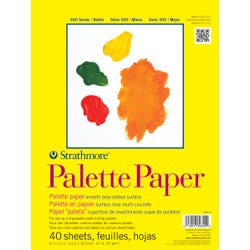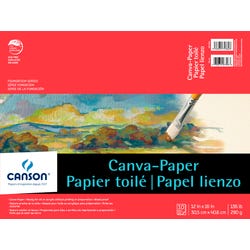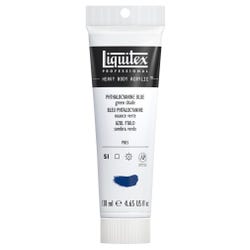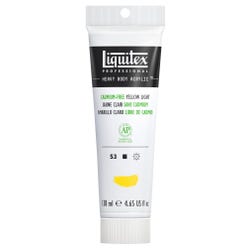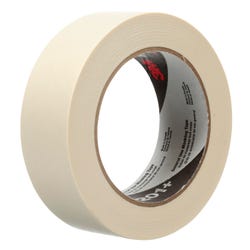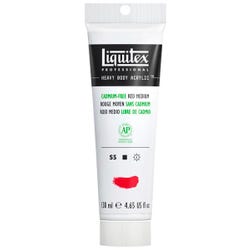Three Graces

Description
Lesson Plan & Artwork by Jack Matthews
“Primavera, Three Graces” by Botticelli (1478) is what we think of when we hear mention of this title/term. However, artists have used “Three Graces” as the title of their work whether it be people, plants, pets, etc. In this lesson, students will explore the idea of what could conceptually be considered to fall under this title. Additionally, students will discover a way of creating illumination, or a sense of light or “glow” to their overall painting.
Objectives
- Understand and develop a composition based on the use of three items as their subject.
- Understand and apply knowledge to create a painting that appears to have been “back-lit” by warm light.
Supplies Needed
Liquitex® Soft Body Acrylic Essential Colors Paint Set, 0.74 Ounce Bottles, Set of 12
Liquitex® Heavy Body Acrylic Paint, Cadmium-Free Yellow Light, 4.65 Ounces
Liquitex® Heavy Body Acrylic Paint, Cadmium-Free Red Medium, 4.65 Ounce Tube
Liquitex® Heavy Body Acrylic Paint, Cadmium-Free Orange, 4.65 Ounce Tube
Liquitex® Heavy Body Acrylic Paint, Ivory Black, 4.65 Ounce Tube
Liquitex® Heavy Body Acrylic Paint, Titanium White, 4.65 Ounce Tube
Liquitex® Heavy Body Acrylic Paint, Phthalo Blue, 4.65 Ounce Tube
Liquitex® BASICS Long Handle White Nylon Brush Assortment, Set of 4
Canson® Canvas Paper Pad, 12 x 16 Inches, White, 10 Sheets
Strathmore® 300 Series Paper Palette, 9 X 12 Inches, 40 Sheets
3M® 201+ General Use Masking Tape, 1.5 Inches x 60 Yards, Tan
*Here are the supplies needed for this lesson plan for reference. Find a convenient carousel of shoppable products for this lesson below.
Standards
Standard #1: Generate and conceptualize artistic ideas and work.
Standard #2: Organize and develop artistic ideas and work.
Standard #3: Refine and complete artistic work.
Standard #10: Synthesize and relate knowledge and personal experiences to make art.
Instructions
1
The teacher will show examples of artwork that has used three items as its subject. Teacher will then lead a discussion about subject matter and light, specifically light which appears from behind.
2
Students will decide what will be their subject, knowing they have to use three images (people, plants, other objects, animals, etc.)
3
Students will be supplied materials, beginning with Paper Canvas (12x16) and a disposable palette to place their paint on.
4
Students will tape down canvas paper with 1.5” masking tape.
5
Students will select a warm color of Liquitex Acrylic Paint (orange works very well) and using a large flat brush, cover the entire surface of the paper. NOTE: If you want the painting to be more translucent, use Liquitex Soft Body Acrylic Paint. For a heavier appearance of textures, use Liquitex Heavy Body Acrylic Paint.
6
Once dry, students will sketch in their three objects. If they wish to include other things in the composition, they can, but it works best to keep it simple. Landscapes work well if not using many images. Still life objects work well in the style of Cezanne.
7
Start by filling in the background and work forward. The intent is to NOT fill in all spaces, resulting in the base cover becoming completely hidden. These fun areas become the flecks of light peeking through the composition.
8
Most of the work can be done with flat brushes. Smaller rounds can be used for detail as well as the use of a flat brush edge.
9
When painting is completely dry, carefully pull off the masking tape. NOTE: a trick to doing this is to pull the tape at a 90-degree angle to the taped surface and as flat or close to the table top as possible.



